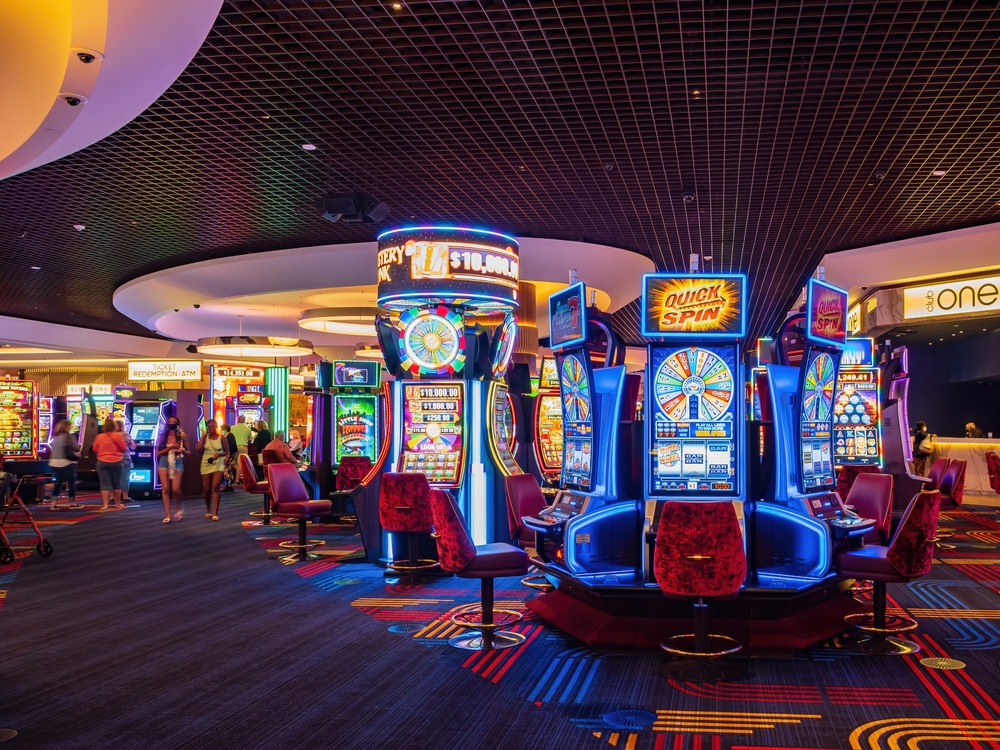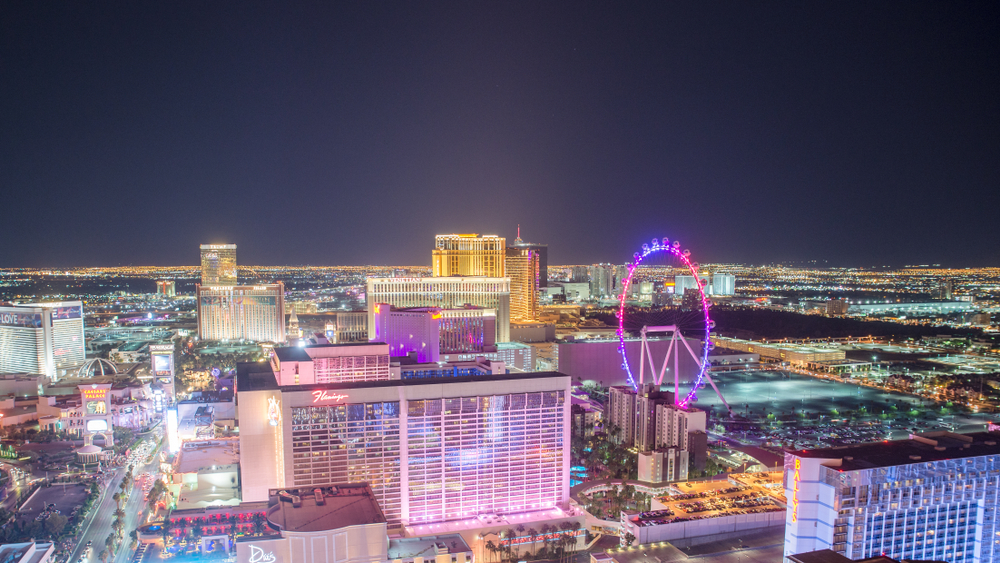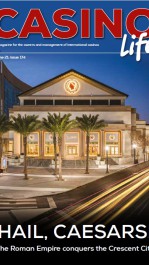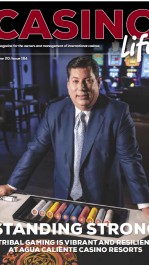Analysts see a “resilient” Las Vegas Strip but “malaise” elsewhere. By David McKee
In the five-year period of 2019-24, the gaming industry saw a promising run-up in business that was rudely curtailed by Covid-19. It could have been a near-fatal blow … save that casinos and their affiliated businesses came back bigger and faster than almost anyone predicted.
Fast-forward to early 2024 and the party, if not over, is showing signs of dispersing. Casinos in the United States are showing downward revenue trends in the first four months of the year. Two states that are exceptions, Colorado and Illinois, have done so by dint of adding new gambling capacity, redistributing existing business.

Image: Shutterstock
The year got off to a cruel start with savage January weather that severely crimped gambling grosses. But the rebound has been anemic, even in Las Vegas itself, which has been seemingly impervious up til now.
Of U.S. casinos’ Big Three, Caesars Entertainment had the worst of it. Everything that could go wrong for the Roman Empire did so. As Deutsche Bank analyst Carlo Santarelli reported, Caesars’ numbers “were expected to be challenged, and they were just that, challenged … The print, while surely saddled by lower hold in Vegas and tougher weather comparisons in January in the regional markets, likely provided little in the way of confidence.”
By contrast, MGM Resorts International outperformed by simply meeting expectations. This time Santarelli wrote “we think the print itself served as a bit of a relief for investors, as domestic results were largely favorable, relative to our forecasts, while Macau came in materially better, which was somewhat expected.”
Or, as Jefferies analyst David Katz put it, MGM displayed “solid execution amidst a complex operating environment.” Amid some shaky first-quarter earnings reports, Wynn Resorts’ ‘business as usual’ disclosure came as a benison to Wall Street. “Overall, we found the commentary around both Macau, and, to a lesser extent, Las Vegas, to be constructive and favorable, despite tougher comparisons on the horizon in Las Vegas,” wrote a relieved Santarelli.
Katz, by contrast, saw emerging weakness on the Las Vegas Strip, alleviated somewhat by non-gambling revenues.
Revisiting the issue after the earnings-call fortnight was over, Truist Securities analyst Barry Jonas had a mixed view of prospects in the Vegas Valley. The Strip, he opined, “remains resilient [but] Locals trends remain shakier, between higher promos and a softer low-end customer.”
The Vegas-locals scene witnessed cannibalization from new Durango Resort, Station Casinos’ trophy property, and a new promotional war set off by the valley’s independents. Station, Boyd Gaming and Golden Entertainment were sitting this out but Boyd had admitted being hurt by the marketing escalation.
Outside Sin City, the industry was hoping (and sometimes managing) to grow revenues and cash flow by means of adding new casinos rather than on a same-store basis. In the past, Wall Street has frowned on this tendency, although it has kept mute about it now. The industry, meanwhile, expressed frustration with the slow pace of casino expansion in New York State, which had expected to be a cash bonanza.
Deriving as much as 80 percent of its cash flow from high-end players, MGM believed in the future, despite “modest weakness” at its bargain properties. It continued to expect a comeback in baccarat play. Execs were also keen on their Marriott partnership, which continued to outpace projections for 2024.
Fortunately for MGM, in this case, it is mainly concentrated upon the Strip. (Vegas-only Station has enjoyed a similar resilience.) Caesars, Boyd and other geographically diversified companies were suddenly finding their hub-and-spoke model to be a liability.
Golden executives were downright pessimistic. “Management is seeing some cracks in the mid- and lower-tier consumers, believing a higher cost of living for longer is beginning to have a negative impact on discretionary spend,” Jonas reported.
A few days later, Santarelli weighed in to the effect that the casino industry was caught in a vise between shrinking consumer discretionary dollars and a change in customers’ spending priorities. This was proving to be the bane of provincial casinos … basically, anyone outside of Las Vegas. Complicating matters further was “more muted organic demand” for gambling, i.e., that lack of same-store growth.
Santarelli described the current atmosphere in regional gaming as “challenging” although not “overly surprising, when considering the outsized growth the regional gaming sector experienced over the 2021/2022 periods, given the stimulus influence and pent up customer savings.”
The analyst said non-Vegas gaming was in a “malaise,” with revenues down 2.5 percent through April 2024, although still over eight percent higher than in 2019. He compared this to the stability of last year, in which gross gaming revenues were basically flat with 2022.

Image: Shutterstock
Santarelli painted a picture of casinos in which visitation has flattened and as much as 20 percent of customers have not come back from before the 2020 pandemic. “Recall,” he said of the defectors, “many of these patrons were low value visitors, who came for amenities (buffets) and or for promotions, which they are no longer receiving.”
Gambling, he continued, has been kept aloft by heightened spending by the average player. In other words, fewer players have been gambling much more.
Santarelli seemed skeptical that the dynamic could be maintained. Ergo, “casinos are actually seeing a smaller portion of the wallet share than the data articulates … Thus, the decline in wallet share for regional casinos, is likely greater than the data would indicate.”
The stock boffin confined his observations to non-Vegas casinos. Will the malaise spread to the Las Vegas Strip? Only time will tell.

















